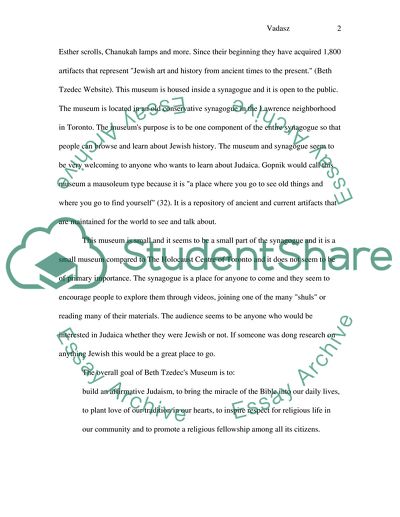Cite this document
(The implications of the Intended Audience in Jewish Museaums Coursework, n.d.)
The implications of the Intended Audience in Jewish Museaums Coursework. https://studentshare.org/culture/1555955-the-implications-of-the-intended-audience-in-jewish-museaums
The implications of the Intended Audience in Jewish Museaums Coursework. https://studentshare.org/culture/1555955-the-implications-of-the-intended-audience-in-jewish-museaums
(The Implications of the Intended Audience in Jewish Museaums Coursework)
The Implications of the Intended Audience in Jewish Museaums Coursework. https://studentshare.org/culture/1555955-the-implications-of-the-intended-audience-in-jewish-museaums.
The Implications of the Intended Audience in Jewish Museaums Coursework. https://studentshare.org/culture/1555955-the-implications-of-the-intended-audience-in-jewish-museaums.
“The Implications of the Intended Audience in Jewish Museaums Coursework”. https://studentshare.org/culture/1555955-the-implications-of-the-intended-audience-in-jewish-museaums.


